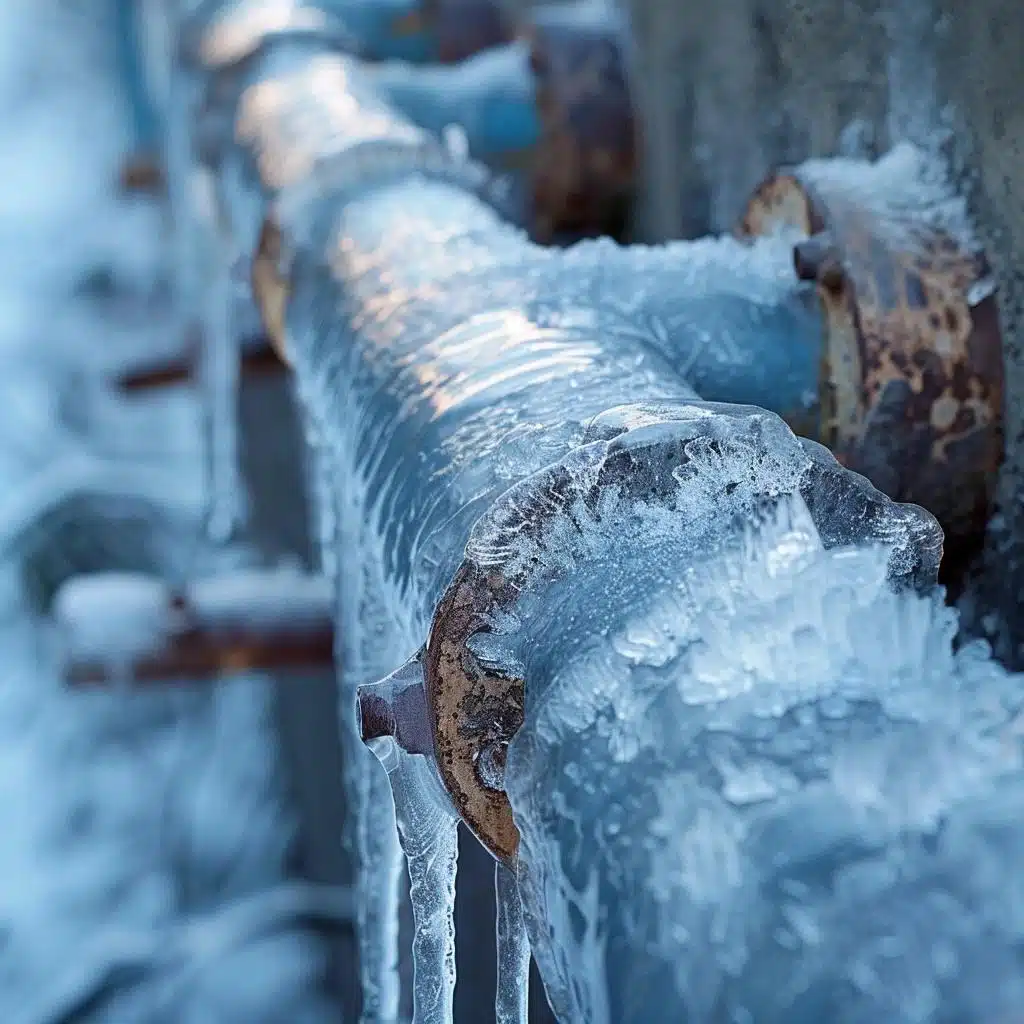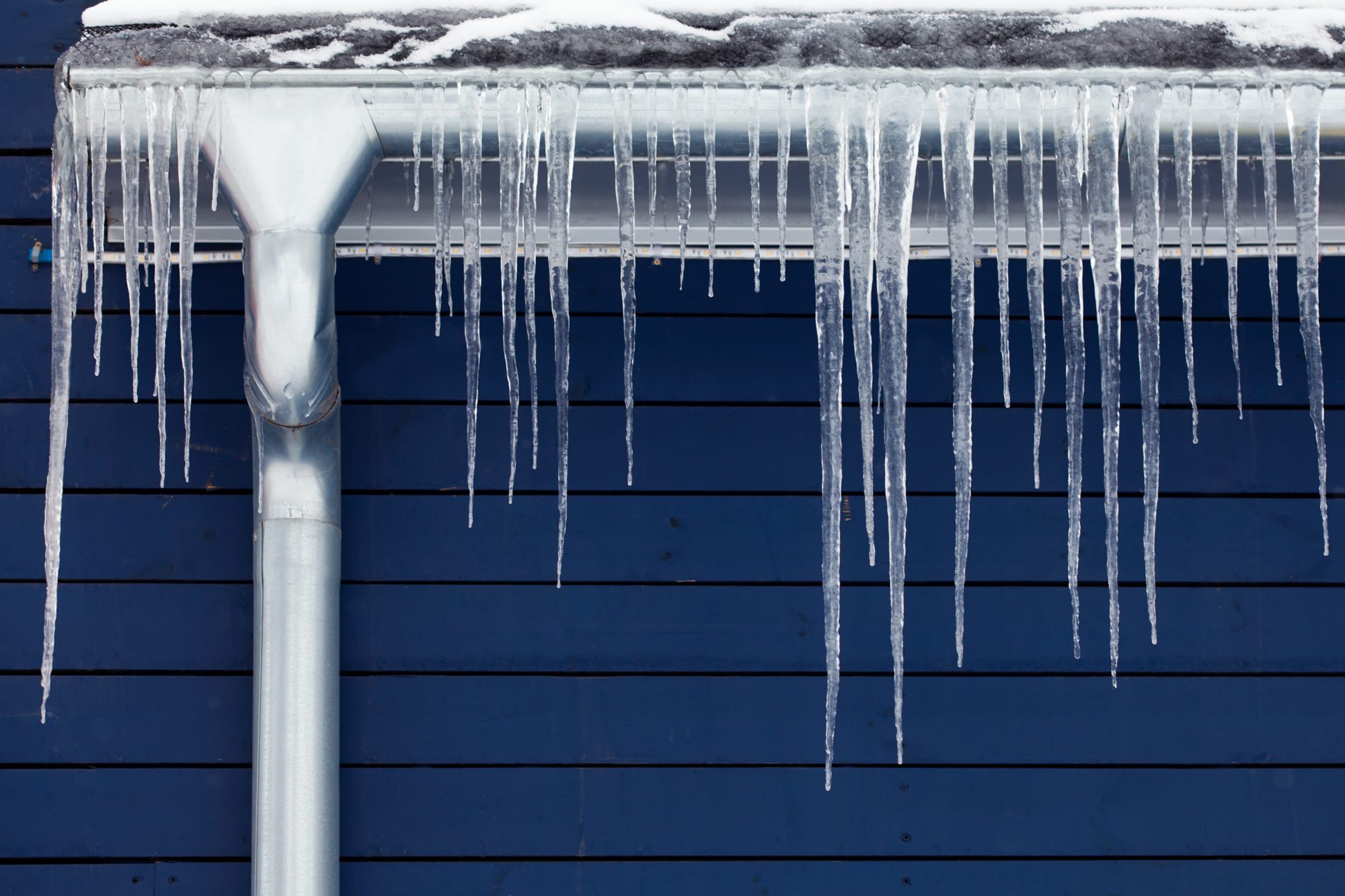Key Methods for Avoiding Frozen Plumbing in Winter
Key Methods for Avoiding Frozen Plumbing in Winter
Blog Article
Presented here further down you can locate lots of wonderful expertise concerning Preventing and dealing with frozen pipes.

Cold weather can ruin your plumbing, specifically by freezing pipelines. Here's exactly how to prevent it from occurring and what to do if it does.
Intro
As temperatures decrease, the danger of icy pipes boosts, possibly resulting in costly fixings and water damage. Comprehending just how to prevent frozen pipes is important for home owners in chilly environments.
Avoidance Tips
Shielding prone pipes
Cover pipes in insulation sleeves or make use of warmth tape to secure them from freezing temperature levels. Focus on pipes in unheated or external areas of the home.
Home heating techniques
Maintain indoor spaces appropriately heated, especially areas with pipes. Open up closet doors to permit cozy air to circulate around pipes under sinks.
How to identify frozen pipes
Search for decreased water flow from faucets, unusual smells or sounds from pipes, and visible frost on exposed pipelines.
Long-Term Solutions
Structural adjustments
Take into consideration rerouting pipes far from outside walls or unheated locations. Add additional insulation to attics, cellars, and crawl spaces.
Upgrading insulation
Buy premium insulation for pipelines, attics, and wall surfaces. Correct insulation assists keep consistent temperature levels and reduces the danger of icy pipes.
Securing Exterior Plumbing
Garden tubes and exterior faucets
Detach and drain pipes yard hoses before wintertime. Mount frost-proof faucets or cover outdoor faucets with protected caps.
Comprehending Icy Pipelines
What creates pipelines to ice up?
Pipelines ice up when revealed to temperature levels listed below 32 ° F (0 ° C) for expanded durations. As water inside the pipelines ices up, it increases, putting pressure on the pipeline wall surfaces and potentially creating them to break.
Threats and damages
Frozen pipes can result in supply of water disturbances, building damage, and expensive repair services. Burst pipes can flooding homes and cause considerable architectural damages.
Signs of Frozen Pipeline
Determining icy pipelines early can prevent them from breaking.
What to Do If Your Pipelines Freeze
Immediate activities to take
If you presume icy pipes, keep faucets open to alleviate pressure as the ice thaws. Utilize a hairdryer or towels soaked in hot water to thaw pipelines slowly.
Conclusion
Preventing icy pipes requires aggressive procedures and quick reactions. By understanding the reasons, indications, and preventive measures, home owners can protect their pipes throughout winter.
5 Ways to Prevent Frozen Pipes
Drain Outdoor Faucets and Disconnect Hoses
First, close the shut-off valve that controls the flow of water in the pipe to your outdoor faucet. Then, head outside to disconnect and drain your hose and open the outdoor faucet to allow the water to completely drain out of the line. Turn off the faucet when done. Finally, head back to the shut-off valve and drain the remaining water inside the pipe into a bucket or container. Additionally, if you have a home irrigation system, you should consider hiring an expert to clear the system of water each year.
Insulate Pipes
One of the best and most cost-effective methods for preventing frozen water pipes is to wrap your pipes with insulation. This is especially important for areas in your home that aren’t exposed to heat, such as an attic. We suggest using foam sleeves, which can typically be found at your local hardware store.
Keep Heat Running at 65
Your pipes are located inside your walls, and the temperature there is much colder than the rest of the house. To prevent your pipes from freezing, The Insurance Information Institute suggests that you keep your home heated to at least 65 degrees, even when traveling. You may want to invest in smart devices that can keep an eye on the temperature in your home while you’re away.
Leave Water Dripping
Moving water — even a small trickle — can prevent ice from forming inside your pipes. When freezing temps are imminent, start a drip of water from all faucets that serve exposed pipes. Leaving a few faucets running will also help relieve pressure inside the pipes and help prevent a rupture if the water inside freezes.
Open Cupboard Doors
Warm your kitchen and bathroom pipes by opening cupboards and vanities. You should also leave your interior doors ajar to help warm air circulate evenly throughout your home.

I was made aware of that editorial about Prevent Frozen Pipes from an associate on a different web property. Do you know someone else who is curious about the niche? Feel free to share it. We take joy in reading our article about How To Avoid Freezing Pipes.
Detail Report this page